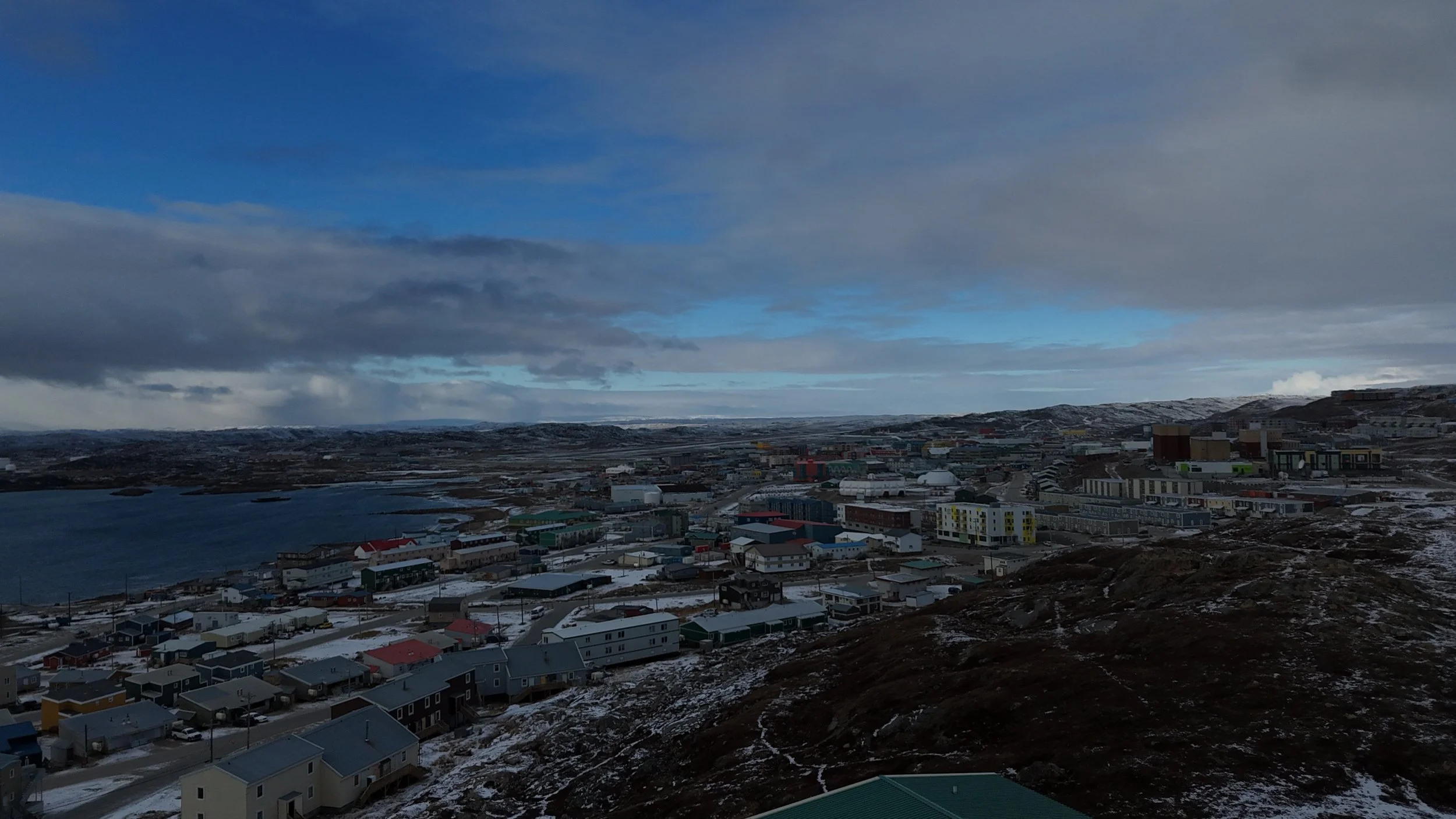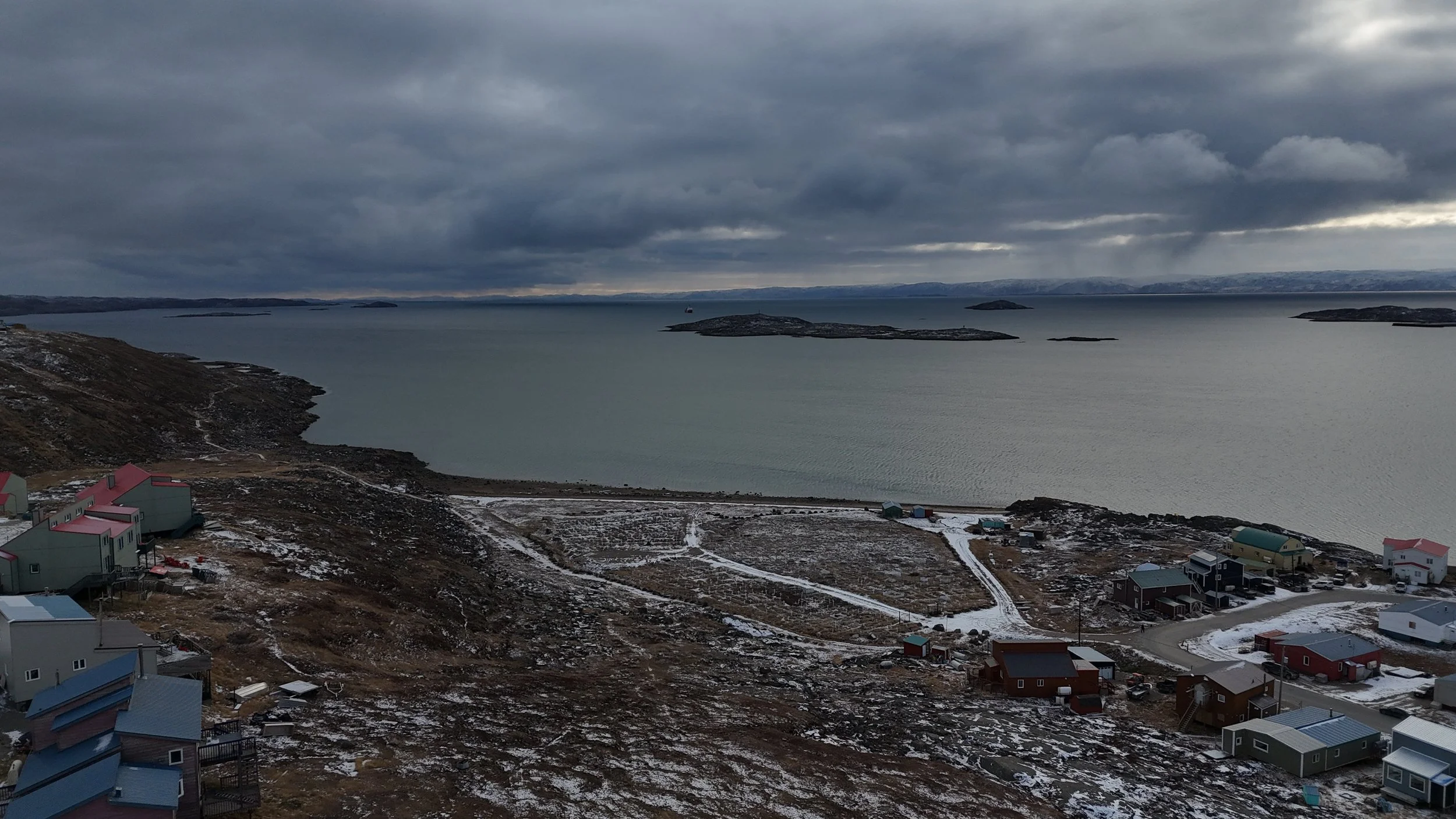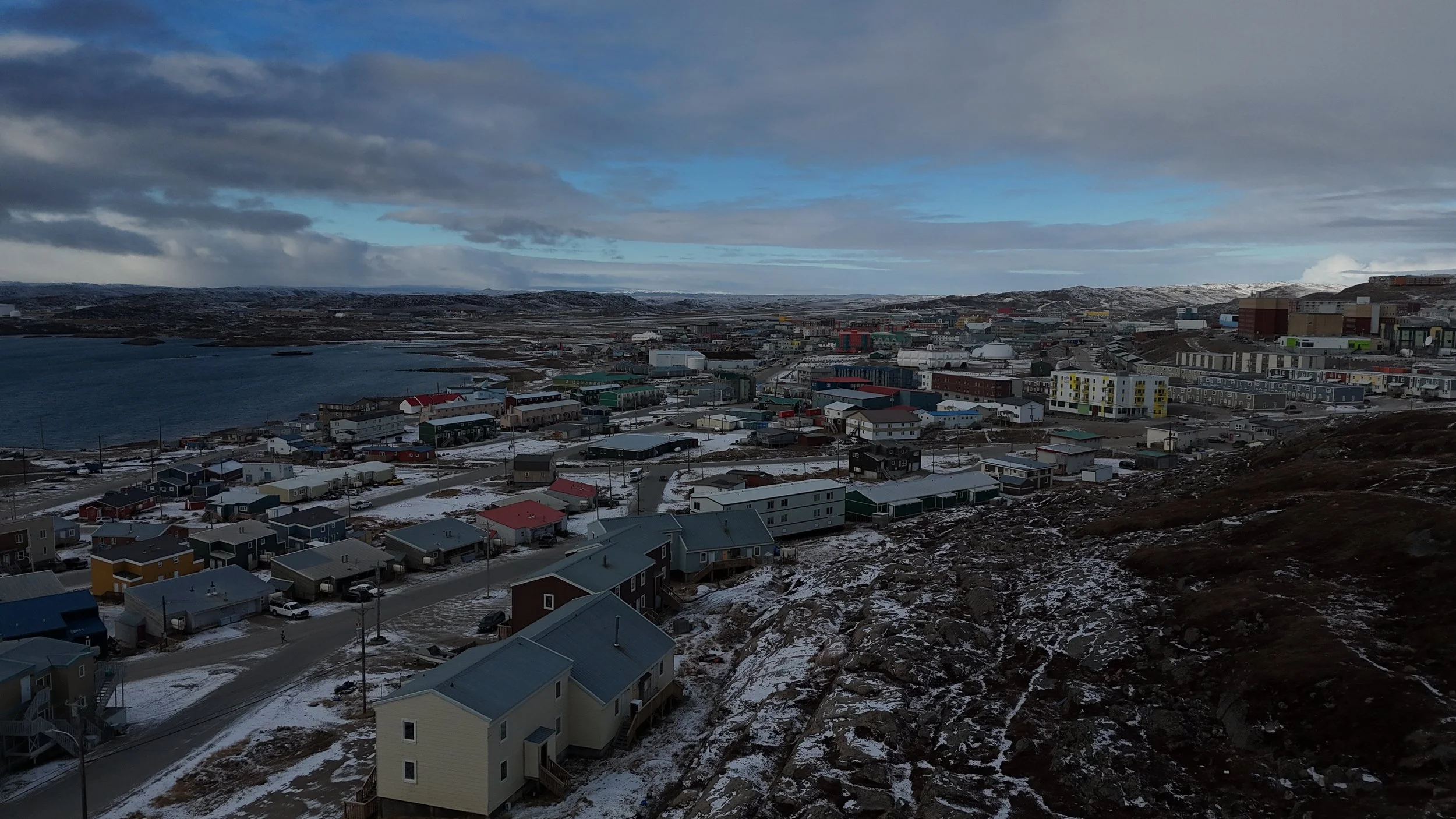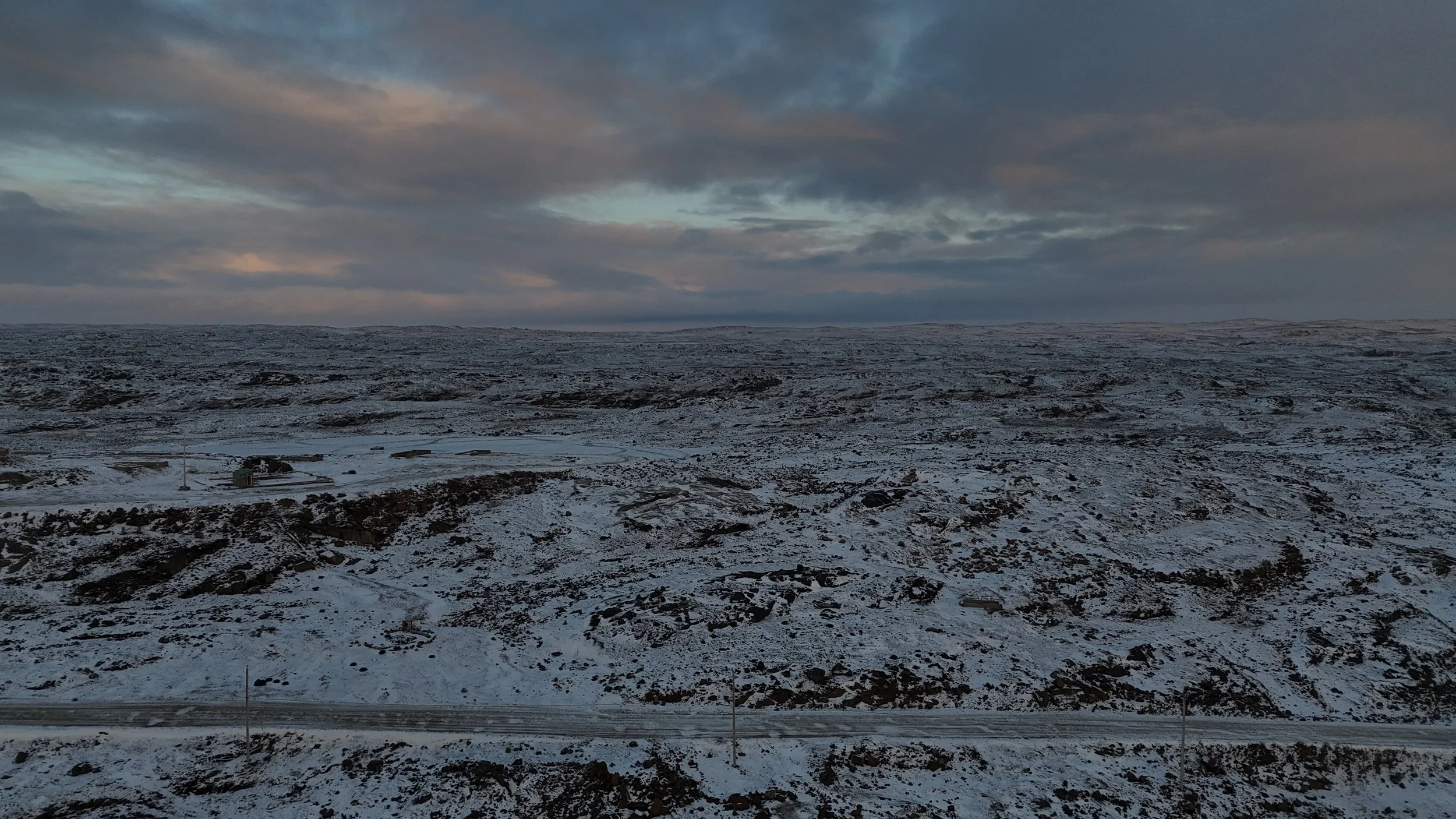LOT GRADING AND SERVICING IN NUNAVUT: Challenges and Best Practices
Introduction
Lot grading and servicing are crucial components of land development, ensuring proper drainage, infrastructure support, and long-term sustainability. In Nunavut, where extreme weather conditions and remote locations pose unique challenges, effective grading and servicing requires specialized approaches.
Lot Grading
Lot grading refers to the shaping of land to direct water runoff away from structures and prevent flooding. Snow melt can be significant In Nunavut and this process is complicated by permafrost, which affects soil stability and drainage patterns. In most cases, the building is required to be elevated from the ground surface as to ensure the heat from the building does not disturb the permafrost layer. This creates challenges to ensure snow melt and runoff do not pool or affect the foundation systems supporting the building.
Material Challenges
Gravel is a crucial material for infrastructure projects in Nunavut, used in road construction, housing foundations, and airport runways. However, the region faces significant shortages due to limited natural deposits, equipment limitations and other logistical challenges:
Depleting Local Sources – Many communities rely on nearby pits and quarries, but these are being exhausted.
Remote Locations – New gravel sources are often located far from municipalities, requiring extensive road construction to access them.
Transportation Costs – Importing gravel is expensive due to Nunavut’s reliance on Sealift and seasonal transportation.
Quality Constraints – Depending on the community’s resources, the quality of the granular may not meet requirements. Material may be too fine, too course, or too many inorganics leading to failure of the subgrade.
Geological Constraints
Nunavut’s bedrock composition presents significant challenges for land development. The region is dominated by Precambrian shield bedrock, which is often exposed or covered by only a thin layer of soil. This geological feature complicates excavation, drainage planning, and infrastructure installation.
Limited Soil Depth – Many areas have minimal soil cover, making traditional grading methods difficult.
Hard Rock Excavation – Blasting or specialized equipment is required to modify terrain, increasing costs and making projects unfeasible.
Drainage Limitations – Water runoff is affected by the impermeable nature of bedrock, leading to pooling and erosion risks.
Permafrost Interaction – Bedrock can influence permafrost stability, requiring careful engineering to prevent thaw-related ground movement.
Servicing
Servicing involves the installation of essential utilities such as water and sewer. Due to Nunavut’s remote communities, servicing projects require extensive logistical planning. Only a select few communities have access to connected infrastructure and some that do, face systems that are severely over capacity.
Limited Construction Windows – Work must be completed during the short summer season.
Extreme Climate Conditions – Permafrost and seasonal temperature fluctuations complicate underground utility installations. With the expanding and contracting permafrost layer, incorrectly placed sewers can be crushed by the frozen ground.
Remote Communities – Many settlements are only accessible by air or sea, making servicing logistics difficult.
High Transportation Costs – Materials and equipment must be shipped via Sealift or flown in, increasing project expenses.
Processing Plants – The cost and logistics to construct processing plants make it unfeasible to deal with sewage or provide pumping stations for potable water.
As an alternative, most homes and buildings rely on tanked water supply and tanked sewage systems, where water is delivered, and sewage is removed by truck. Fresh water is stored in large tanks at homes and businesses, refilled frequently by municipal water trucks. Residents must carefully manage water usage coupled with mechanical failures or extreme weather that can delay service.
Lot grading and servicing in Nunavut demand innovative solutions tailored to Arctic conditions. Engineers and developers must balance environmental sustainability, logistical constraints, and community needs to create resilient infrastructure.





